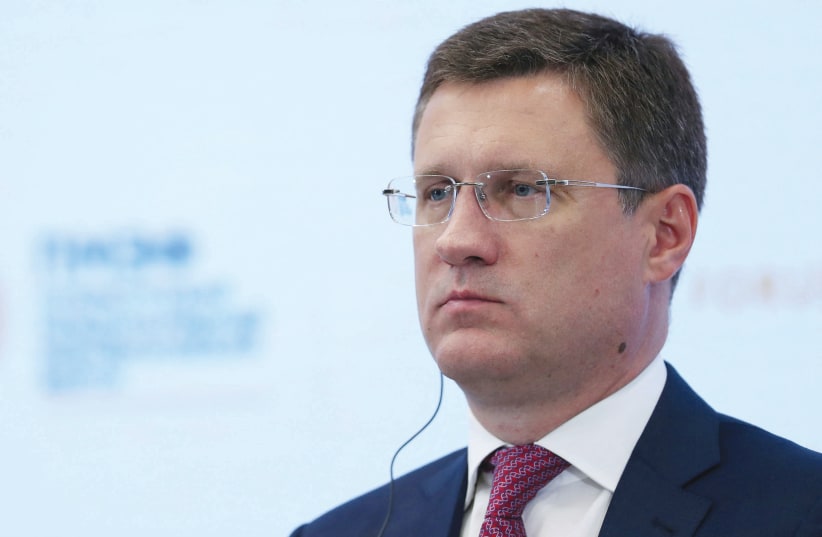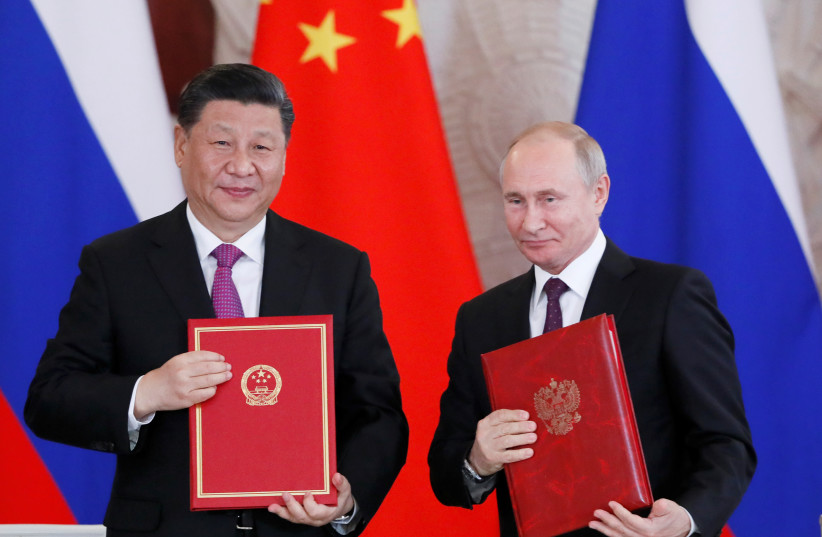The main strategic implications of the US withdrawal from Afghanistan seem to be on the horizon.
US losses are not yet so great as to negatively affect its “mental image,” as many believe. More serious consequences are being felt, chief among which, in my view, is the accelerated rise of China, seen in its alliance with Russia and exacerbated by the impact of US policies toward Taiwan and Ukraine.
This clearly reflects what the chief of staff of the French navy, Adm. Pierre Vandier, described in his speech to the French parliament last October as a harsh transition from international order to chaos.
Chinese concerns about US strategic moves have also increased, not only with respect to Taiwan but also with respect to the AUKUS alliance, which has drawn Australia and the UK into a possible conflict with China. This strategic earthquake sends a negative message to US allies around the world, not just France, about Washington’s commitment to the principles of alliance and partnership.
Although the goals of the alliance are not yet clear, there is cause for concern at the regional level, and not just for China. Other Asian countries are also worried. The alliance signals that the US geostrategic center of gravity has gone east to counter the rise of China.
This may cause potentially irreparable rifts in the relationship between the US and NATO allies, especially France. It is in China’s interest and can help reshape its relations with EU countries. Under these complex international circumstances, China’s rise is accelerating significantly, of which there are several signs.
The first is the language used by the Chinese and Russian sides at a virtual summit between President Vladimir Putin and his Chinese counterpart, Xi Jinping.
China said it would “resolutely safeguard international and regional security” in light of the agreement with Russia and China’s threat to countries that declared a diplomatic boycott of the Beijing Winter Olympics in February that they “will pay” for their decision.
The two sides agreed to “intensify efforts to form an independent financial structure for Russian-Chinese trade,” indicating an effort to remove Russian-Chinese economic cooperation (in the civilian and military spheres) from the influence of the dollar and US sanctions.
The parties are expected to announce specific details in the near future. Experts predict that this will lead to a “financial alliance.” The share of the dollar in trade accounts between the two countries fell for the first time in the first quarter of last year to 46%.
The yuan and ruble’s share reached 24% during this period, while the euro’s share rose to 30%. This development is part of Russia’s strategy to reduce the economy’s dependence on the dollar and counter the new US sanctions, as well as the adoption of a joint strategy to move away from the US currency.
An important Russian announcement was made in early June. On the sidelines of the St. Petersburg Economic Forum, Russian Finance Minister Anton Siluanov confirmed that his country would change the structure of the sovereign wealth fund and move away from the US dollar for good.
“We decided to reduce SWF investments in dollars. Today we had about 35% of SWF investments in dollars and 35% in euros. However, we have decided to completely reduce the dollar investments and replace the dollar investments with an increase in euro investments and an increase in gold investments. With the new structure, the dollar will be at zero, the euro at 40%, the yuan at 30%, gold at 20%, and the British pound and yen at 5% each.”
Here’s the rub: America’s inability to take the initiative against strategic adversaries and demonstrate its influence as the world order’s superpower.
Republican Sen. Ted Cruz described this as the result of the “weakness” of the current administration, leading to a “disaster” in the country’s foreign policy in favor of countries like China, Russia and Iran. These no longer believe the US president would take deterrent action against them.
Another, more serious, US foreign policy stumbling block: Sino-Russian coordination approaching the level of a joint alliance with countries like Iran (including ongoing trilateral coordination and consultation at the Vienna negotiations) is primarily aimed at distracting the US on several fronts – Taiwan, Ukraine, the Iranian nuclear issue – and putting it in a difficult position that damages its prestige, influence and global leverage.
The main question is: Has US policy caused this simultaneous opening of fronts, or have its rivals and adversaries deliberately exploited the situation, since former President Trump’s tenure, to make gains and significant concessions, as in the case of Iran, or to expand strategically, as in the case of China and Russia?
Beijing has exploited Asian countries’ concerns about the AUKUS alliance to secure their friendship and rapprochement. The Chinese president had assured that his country would “never seek hegemony, not use its size to bully smaller countries, and work with ASEAN to prevent interference.”
Of course, some US positions have drawn the ire of China, which has called such actions “extremely dangerous,” such as the visit of a congressional delegation to Taiwan and the formal invitation of Taipei to participate in the “Summit of Democracies,” while Beijing was excluded. President Joe Biden’s virtual summit with the Chinese leader did not even begin to ease tensions.
However, the president made two statements at the summit that could be interpreted as a change in the White House’s attitude toward China. The first was his statement that his country “does not support Taiwan independence.”
But Beijing does not seem to take these assurances seriously, because they came immediately after the AUKUS alliance announcement, when Beijing needed practical confirmation that Washington does not support Taiwan's independence. This is a good explanation for China’s desire to strengthen ties with Russia to counter Washington’s constant attempts to slow China’s strategic rise.
Ultimately, the next global conflict may not end in military confrontation. Not even in a new Cold War scenario. But there could be economic and technological conflicts and currency wars aimed at ending the dominance of the dollar, which has been one of the main pillars of American influence in the world since World War II.
However, the fact is that the share of the dollar in the world’s foreign exchange reserves decreased in 2020. But it is still at 60%, while the euro represents about 20% and the Chinese yuan only about 2% of world foreign exchange reserves.
Taking into account the military balance of power and other numerical indicators, as well as the gap between the US and its strategic adversaries, one can convincingly conclude that the intense struggle between the major international powers to set the new rules of the game in the post-coronavirus world may have already begun. In any case, its end is not in sight.
The writer is a UAE political analyst and former Federal National Council candidate.

